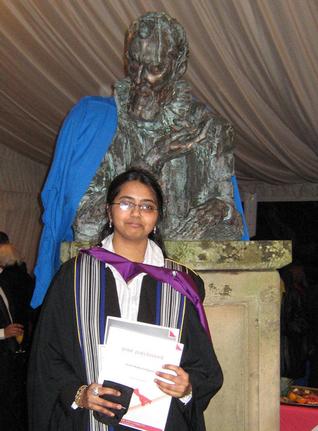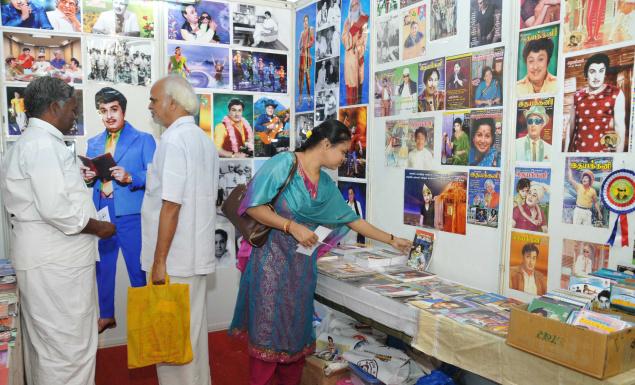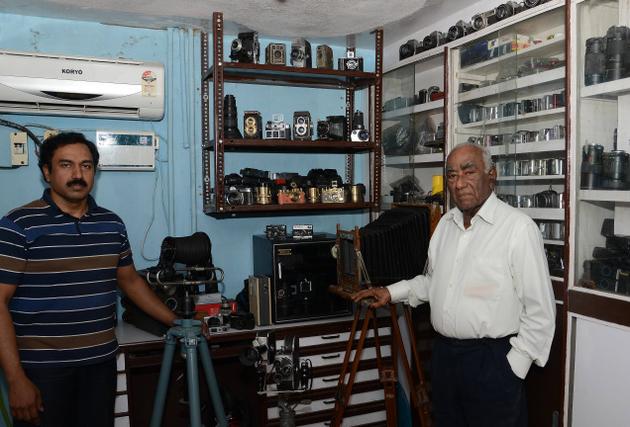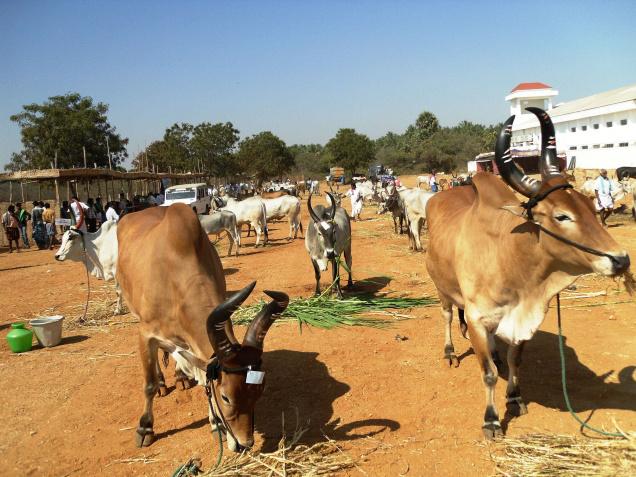Chennai :
Art Chennai’s two-day conclave on the Future of the Past brought together on day two, panels that inspected the future of the city, of the painting, and of art’s curatorial practice – and went on to collectively deliberate over points of function, form and process.
In contemplating the Future of the City, Durganand Balsavar, architect and founder of Artes – Human Settlements Research Collaborative, harked back to its past and foregrounded the priorities that marked its development post-Renaissance, from a largely functional entity that met the habitation needs of its occupants, to an aesthetical one.
Girish Shahane, art director of Art Chennai and moderator of the conference raised the question concerning the conflict that arises between the pragmatic needs of development and the romantic ideals of heritage conservation. Integration, was S Muthiah’s recommendation. Madras’ chronicler cited as example Moore Market, saying it could have been accommodated within the expansion plans of Central Station. More importantly, reminded Balsavar, issues of development and restoration should be perceived as the city itself should – as a composite unit and not piecemeal.
Which is the argument made by some of the participant artists in the session on the future of the painting. Had new media, performance and installations dismounted the canvas from its once hallowed perch? Although Vivan Sundaram has long since moved away from the painting to explore other media, he acknowledged that institutions that fund and house art ought to make room for the whole clan. For artists Prajakta Potnis and Mithu Sen the painting continues to be a part of their practice, whether as the end product or the starting place of an idea.
From the configuration of art to the enterprise of its curator, the day closed with views from these new artistic operatives. Participants Natasha Ginwala, Zasha Colah, Akanksha Rastogi and art critic Zehra Jumabhoy discussed curatorial practice, like art itself, as emerging from conditions of its placement and transcending narrow notions of nationality.
source: http://www.timesofindia.indiatimes.com / The Times of India / Home> City> Chennai / TNN / February 16th, 2014




